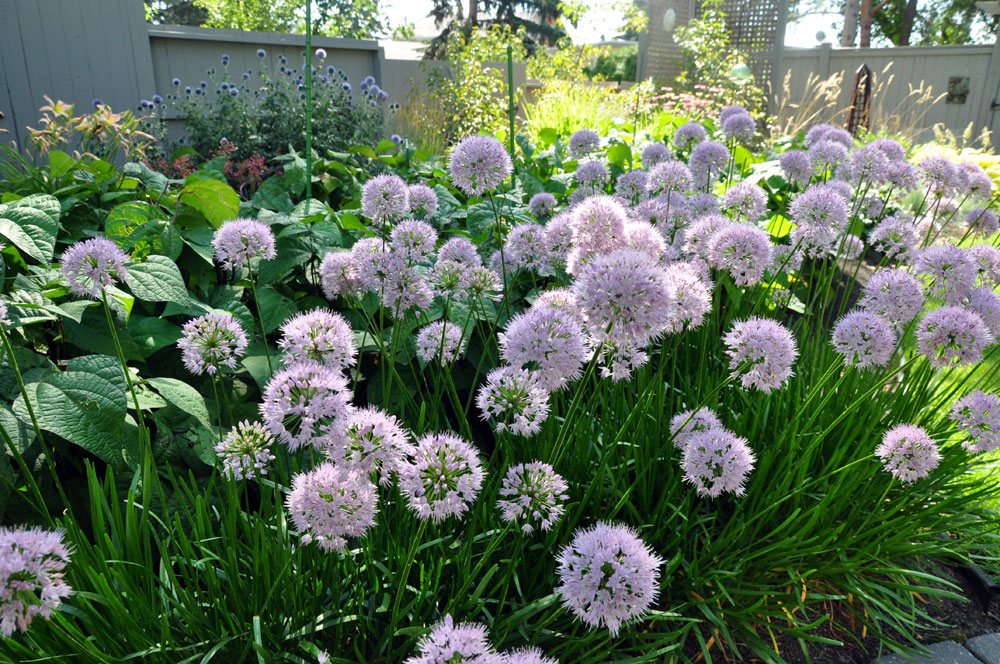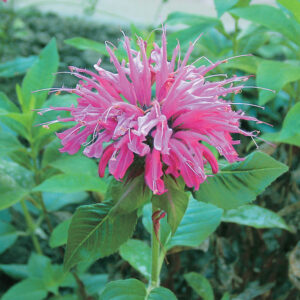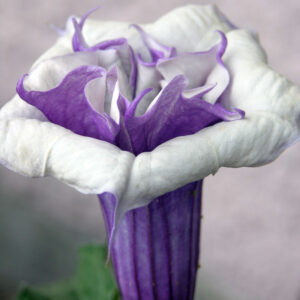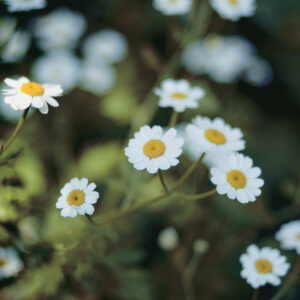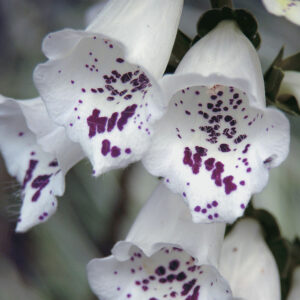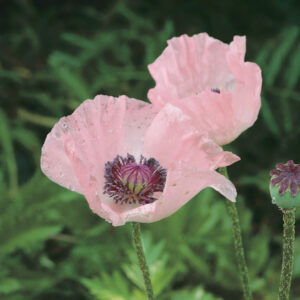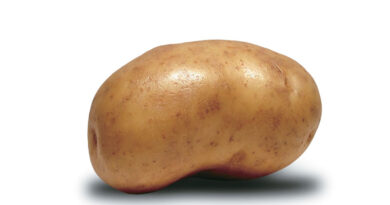The Pharmacy in your Garden: Medicinal plants
Plants are far more powerful than most people give them credit for being. Their relationship to our health goes back to time immemorial, when medicine men and women scoured the forests and fields for the varieties of medicinal plants, and their parts, that trial and error had proven most efficacious.
Today, only about 25 per cent of modern, Western pharmaceuticals are plant-based or have some plant-based derivative in them, although fully 85 per cent of the world’s population relies on herbal and plant-based medicines and remedies to manage their health issues.
How do plants work in humans? As one example, natural antioxidant phenols in plants protect plant cells from oxidation. They often perform the same function in the human body.
Most gardens contain some of the plants that have been or are still used in medications or as health aids. It is interesting to reflect on their other uses as we admire their beauty.
| Bee balm (Monarda didyma) has a long history of use as medicine by aboriginal people, who used it to treat skin infections and minor wounds. The plant does posses strong antiseptic action and was also brewed into a tea to treat throat infections, gingivitis and other dental conditions. Bee balm is the natural source of thymol, the main ingredient in modern mouthwash.Datura or angel’s trumpets (Datura metel) is the derivative plant for the drug, scopolamine, which is used (in minute quantities) to treat motion sickness. It is usually administered through transdermal patches.
Feverfew (Tanacetum parthenium) has analgesic properties that are effective in relieving the intensity and length of migraine headaches. It was traditionally used to treat headache, reduce fever and as an anti-inflammatory in the treatment of rheumatic conditions. In Europe feverfew is now used more widely than commercial aspirin in the treatment of migraines and arthritis. Foxglove (Digitalis purpurea), the purple foxglove is a popular garden plant cultivated as a source of digoxin, a cardiac drug that increases the strength of heart beat while decreasing its rate. Foxglove has been used for this purpose since the seventeenth century. Digoxin is used in the treatment of congestive heart failure and other cardiac disorders. Garlic (Allium sativum) has been used down the ages for its ability to promote health and avert heart attacks and strokes. Garlic is credited with reducing cholesterol. It contains valuable antioxidants and it is a proven anti-bacterial and anti-fungal agent. Peonia lactiflora, the peony species most commonly grown in our gardens, has long been used in Chinese herbal medicine. It has been used to treat blood disorders and gynaecological symptoms, including inducing menstruation. It has analgesic properties and has been used in bladder infections and to treat epilepsy. Poppy (Papaver somniferum), a variety not commonly grown in our gardens, but interesting, nonetheless. It is known to yield a sap of narcotic opium, from which the potent pain killer morphine is made. In modern medicine, morphine and its analogues remain unsurpassed painkillers. Purslane (Portulaca oleracea) contains a number of antioxidants and is loaded with ascorbic acid (vitamin C) and beta-carotene (vitamin-A). Glutathione is a common antioxidant compound that can even detoxify some pesticides! Tocopherol (vitamin E) is another ingredient. Purslane is also rich in the omega-3 fatty acids, linked with lower cholesterol levels. Purslane tastes a bit like spinach. Add tender shoots to soups or garden salads. St. John’s wort (Hypericum perforatum). St. John’s wort is an attractive shrubby plant with yellow flowers. It has been used for centuries to treat mental disorders and nerve pain. It has also been used as a sedative and a treatment for malaria, as well as a balm for wounds, burns, and insect bites. Today, St. John’s wort is very commonly used in Europe as a herbal medicine to treat depression, anxiety and sleep disorders. Valerian officinalis, that sweetly scented self-sowing flower, has been used for centuries against anxiety and as a sleep aid. Its roots are ground up and used to ease menstrual and stomach cramps. Valerian was also used in 16th century perfume. White willow (Salix alba) bark has been used for centuries (as far back as 400 BC by Hippocrates, the father of Western medicine) as the prime pain reliever and fever reducer. Today, many people take aspirin, originally derived from its bark, to reduce the risk of blood clots. It is also being studied as a preventative agent against some cancers. |

